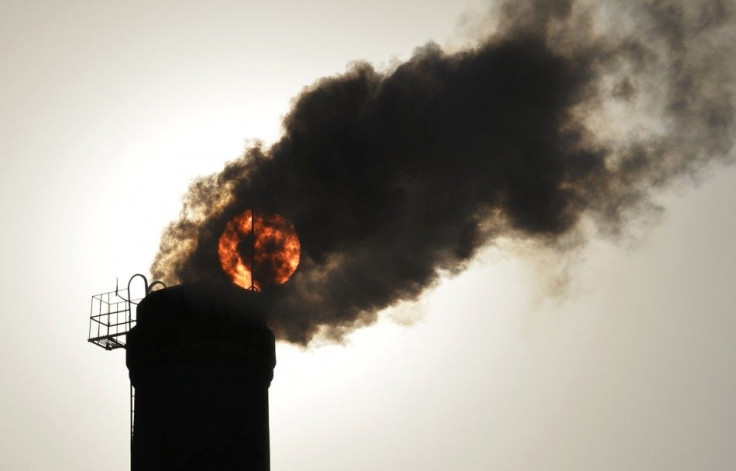Global Carbon Dioxide Levels Surpass 400 PPM; Australia Behind in Carbon Emission Cuts

Carbon dioxide levels in the northern hemisphere has surpassed 400 parts per million (ppm) for the first time in history. According to climate scientists, the global milestone was of "symbolic and scientific significance."
Michael Jarraud, the secretary-general of the World Meteorological Organisation (WMO), said greenhouse gas levels have been increasing by 2 PPM every year in the last 10 years. Jurraud said "time is running out" for this generation to save the planet for the future. He said the new record for carbon dioxide levels will serve as a "wake-up call" for climate change action.
According to The Age, CSIRO research fellow Dr Paul Fraser said the carbon dioxide reading at Cape Grim, the northwestern tip of Tasmania, is about 397 to 398 ppm and may reach 400 ppm by 2016. He said the northern hemisphere is where most sources of fossil fuels are burning.
According to Fraser, carbon dioxide levels in the atmosphere may surge to 500 ppm unless countries around the world make "serious" emission cuts.
Reports said Cape Grim is one of the "super stations" of WMO, together with Mauna Loa in Hawaii and Alert in Northern Canada.
The Cape Grim site has been running for 40 years at the time when emissions rose to 330 ppm. Fraser said global carbon dioxide levels before the industrial revolution was at 228 ppm.
Carbon dioxide levels in the atmosphere follow a seasonal pattern in the northern hemisphere. An increase is observed throughout the winter with the highest peak in late spring as plants begin to absorb carbon dioxide out of the air.
Australia continues to lag in the worldwide effort to reduce carbon emissions from new cars, according to a report by the National Transport Commission. In the Carbon Dioxide Emissions from New Australian Vehicles 2013 report, the average carbon emission of the Australian car has dropped almost 10 years behind European standards.
The report said Australian-made cars have the same average emission output based on 2012 findings. The fleet average in carbon emissions fell 3.4 per cent in 2013 from 198.5 to 192 g/km. However, Australian standards still pale in comparison to the EU's average of 158.7 g/km of carbon dioxide in 2007.




















